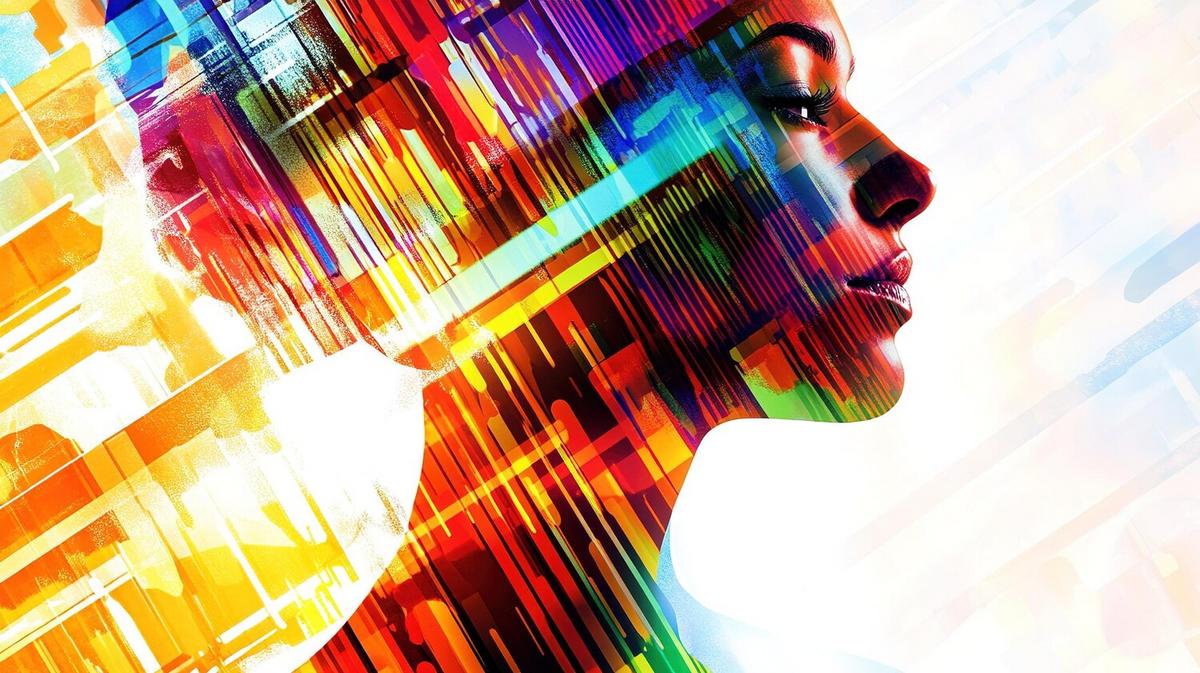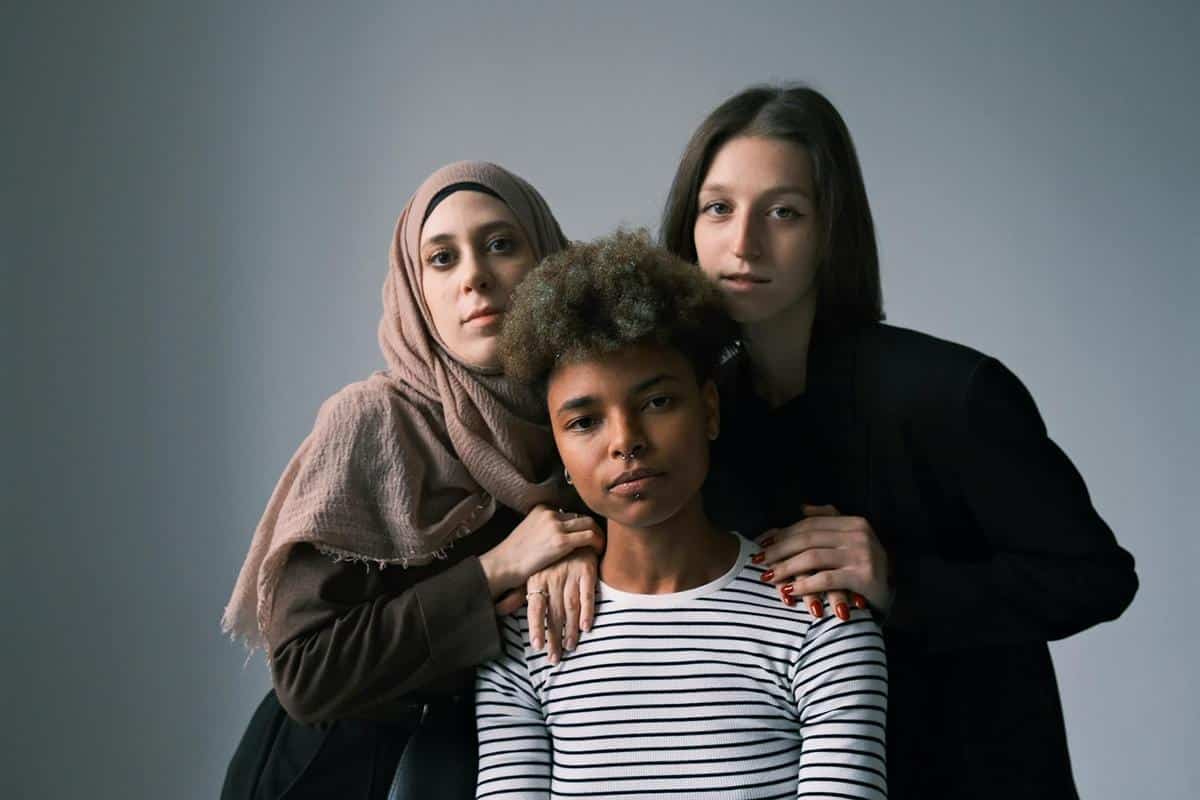
Blurring Borders: Art and Science Collaborations
Art and science have long been perceived as distinct realms, each with its own methodologies and goals. However, the boundaries are increasingly blurring, giving rise to fascinating collaborations that blend creativity with empirical inquiry.
Exploring the Intersection of Art and Science
The collaboration between art and science is not a new concept, but it has gained significant momentum in recent years. This intersection is fueled by a growing recognition of the complementary nature of artistic and scientific approaches. Artists bring imaginative perspectives, while scientists contribute analytical expertise, leading to innovative outcomes.
Expert Opinions on Art-Science Collaborations
Dr. Arthur Miller, a professor of history and philosophy of science, emphasizes that “the creativity required in art is akin to the process of scientific discovery.” This synergy allows both fields to explore new horizons and expand their boundaries.
The Impact of Art-Science Projects
Research conducted by the Arts & Humanities Research Council highlights that projects combining art and science have led to increased public engagement and understanding of complex scientific concepts. For instance, installations that visualize climate change data can make the issue more relatable and urgent for audiences.
Real-World Examples
Consider the collaborative project between bioartists and geneticists, where living organisms are used as a canvas to create dynamic art pieces. This not only challenges traditional notions of art but also opens discussions on genetic engineering and ethics.
| Project | Field | Outcome |
|---|---|---|
| BioArt | Genetics | Explores ethical implications |
| Climate Data Visualization | Environmental Science | Increases awareness |
| Virtual Reality Art | Neuroscience | Studies brain responses |
| Sound Sculptures | Acoustics | Enhances auditory experiences |
| Light Installations | Physics | Explores light properties |
| Interactive Exhibits | Technology | Engages audience participation |
| Data Art | Statistics | Visualizes complex data |
| Medical Imaging Art | Medicine | Improves patient understanding |
How to Foster Art-Science Collaborations
- Encourage interdisciplinary workshops and events to facilitate dialogue between artists and scientists.
- Secure funding opportunities that specifically target collaborative projects.
- Create platforms for artists and scientists to share resources and ideas.
Conclusion
In conclusion, the fusion of art and science offers a rich tapestry of possibilities. By embracing these collaborations, we can foster innovation and engage broader audiences in meaningful conversations. Whether you’re an artist or a scientist, consider exploring these interdisciplinary opportunities to contribute to this exciting frontier.
Frequently Asked Questions
What are art-science collaborations?
These are partnerships between artists and scientists to create projects that combine elements of both fields, leading to innovative outcomes.
Why are these collaborations important?
They provide new perspectives, enhance public engagement, and foster creativity and innovation.
How can I get involved in art-science collaborations?
Participate in interdisciplinary workshops, join online communities, and seek out projects that encourage collaborative efforts.


